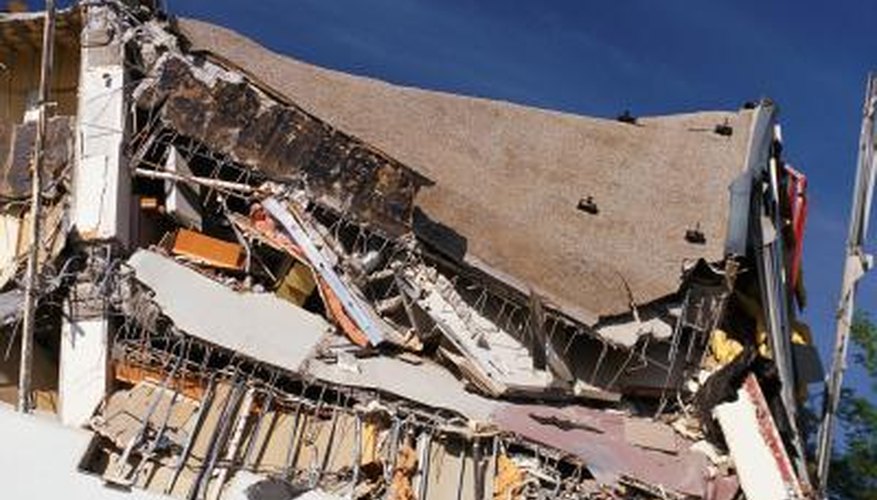Many individuals in crisis use old coping mechanisms that have worked for them in the past. They may also imitate responses they have seen others use. Crisis intervention theory is an educational process taught to first responders and victim advocates to assist individuals in crisis. Successful application of crisis intervention protocols helps individuals learn new ways of coping with the challenges they are facing. Protocols focus on helping victims adapt successfully and survive. Very successful intervention helps them grow.
Background
Crisis intervention is a humane effort to try and reduce the suffering of individuals experiencing a life-altering event. Health care providers, social workers, emergency responders and victim advocates are all professionals often educated in crisis intervention theory and protocols. Certain massive natural disasters such as earthquake and floods are easily recognised. But to an individual, the death of a much beloved pet can be equally devastating. Crisis intervention theory teaches the intervener the necessary skills to help people survive and eventually move past the devastating experience.
- Crisis intervention is a humane effort to try and reduce the suffering of individuals experiencing a life-altering event.
- Crisis intervention theory teaches the intervener the necessary skills to help people survive and eventually move past the devastating experience.
Needs Prioritization
Intervention theory alerts those who are trained to recognise the immediate needs following a crisis or disaster. Physical safety is the first concern of crisis intervention. Parents will be concerned about the safety of their children and other family members. Once it has been determined that the individual is medically stable, it is then important to be sure she feels safe. Crisis intervention theory teaches professionals who work with victims to identify and monitor the multiple levels of safety required to successfully feel more secure.
- Intervention theory alerts those who are trained to recognise the immediate needs following a crisis or disaster.
Ventilation and Validation
Crisis intervention teaches that ventilation is a process that supports an individual's need to express his concerns. Listening and allowing him to tell his story is essential to helping him understand what he experienced. Crisis intervention theory supports the intervener in understanding the cultural difference in expression of reactions. A victim may be so devastated that he is unable to ventilate for months or years after the event. Crisis intervention training helps a caregiver recognise the communication and identify it as potentially related to a prior experience. Finally, it teaches non-judgemental listening to support the individual through the process of validating his feelings and experience.
- Crisis intervention teaches that ventilation is a process that supports an individual's need to express his concerns.
Preparation
Training in crisis intervention theory recognises specific tested protocols that assist an individual to move through the contimium of emotions, physical and psychological needs in a manner that results in the best outcome. Training will help you recognise an individual's need to plan for the next hour, day, week and month. Knowing what to expect and how to predict the next steps helps those in need move forward. If you are a trained intervener you will be more than a sympathetic listener. You will be able to use specific protocols, skills and rescoures that can be mobilised to help an individual move successfully through a life-altering event.
- Training in crisis intervention theory recognises specific tested protocols that assist an individual to move through the contimium of emotions, physical and psychological needs in a manner that results in the best outcome.
